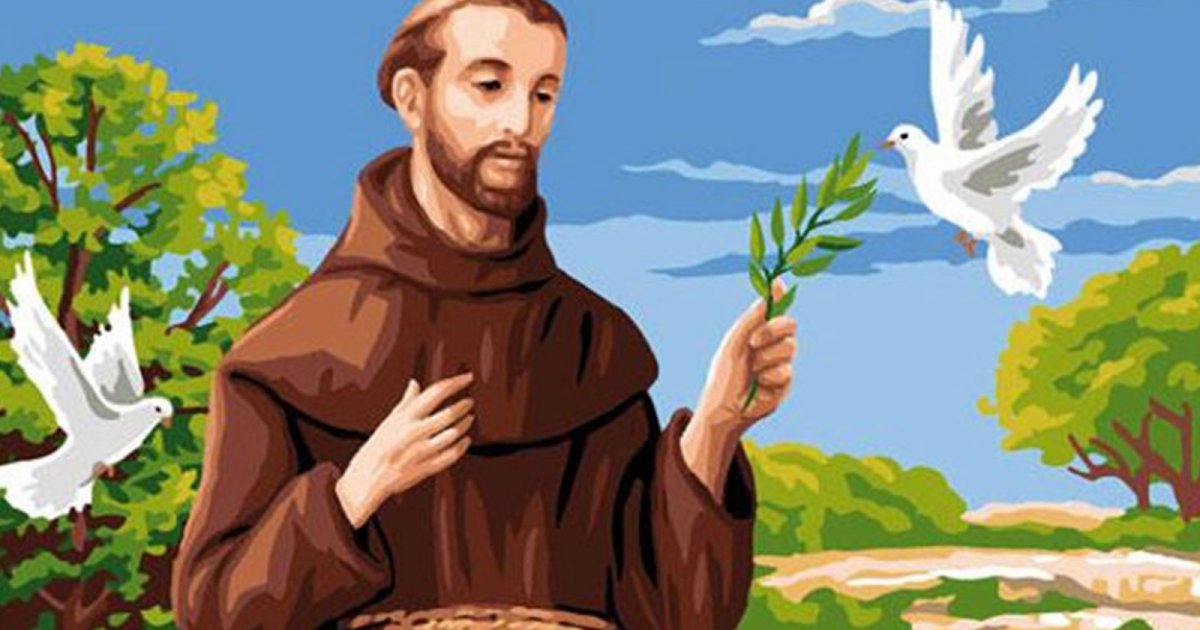BASILICA OF SAN FRANCESCO, Upper Basilica Giotto 3
 Language: English / USA
Language: English / USA
Let’s continue looking at the frescoes by Giotto on the last wall of the church.
“Death of the Knight of Celano” illustrates the sudden death of a man who had invited Francis to lunch. Observe the friar who remains seated at the table, looking almost annoyed by the tragic event, the calm gesture of Saint Francis, and the group of relatives gathered around the dying man.
In the fresco "Apparition at Arles”, you can admire Giotto’s ability to paint an almost authentic, livable space, with the church open so we can see inside it. It is also interesting how he portrays the different behaviors of the friars, one of whom looks as if he has fallen asleep.
The fresco entitled “Verification of the Stigmata” is set in a church, at the back of the nave. There is a Cross hanging on the beam between two paintings as in the “Nativity Scene at Greccio”, but this time seen from the front. Hanging to the left of the Cross is a lamp with numerous oil lanterns. A pulley was used to lower them so they could be lit. In the foreground, the clergy have come to verify the stigmata on the hands and the side of the Saint after his death. The character who stands out most is the one dressed in red, at the bottom left, invested with a powerful energy in both his stance and his clothing. It may have been painted by Giotto himself, while the others may be the work of his assistants.
In these last paintings, Giotto may have been so burdened with work that he was responsible for just the project, and only rarely painted the frescoes himself. I’d like, however, to point out an interesting detail in the last of the episodes, entitled “The Relief of the Heretic”. In Rome, there are two lofty columns engraved with the endeavors of the Roman emperors. The column you can see with the white and red spiral is based on those works.
An interesting fact: in his famous book “The Decameron”, the great fourteenth-century writer Boccaccio tells us that Giotto had such a talent for imitating nature that observers had difficulty telling his paintings from reality. This means that Giotto’s contemporaries were immediately aware of the huge step forward taken by the artist in depicting reality, and how profoundly impressed they were by this achievement.
Our visit to the Basilica of San Francesco ends here. MyWoWo would like to thank you - see you again at another Wonder of the World!



